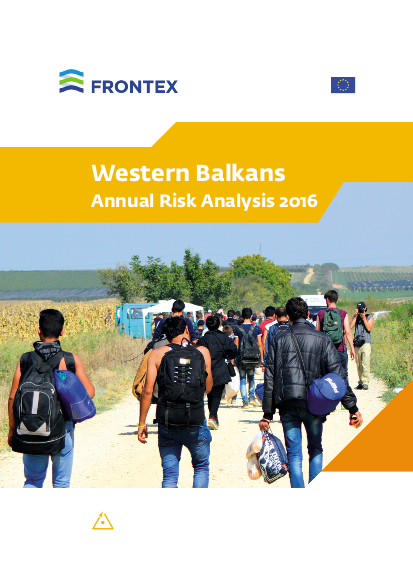
The numbers of non-regional migrants transiting the Balkans reached unprecedented and extraordinary levels during 2015 with over 2 million illegal border crossings reported by all the countries in the region. For comparison, this was roughly 30 times more than in 2014.
For several years, the main routes have remained the same: Turkey-Greece-former Yugoslav Republic of Macedonia-Serbia-Hungary/Croatia and Turkey-Bulgaria-Serbia-Hungary/Croatia.
This extraordinary situation resulted in the largest migratory crisis in Europe since the Second World War.
The steep increase in migratory pressure in the Eastern Aegean brought about a range of political decisions from attempts to prevent irregular migration to inter-governmental agreements on facilitated transit across the region towards the main destination countries (e.g. Germany).
The countries in the region adapted to the rising migratory flows in response to the decisions taken by their neighbours or the main destination countries. The aim was to avoid a situation where people would become stranded.
These high-level decisions also reflected the enormity of the challenges as numbers started to rise to several thousand people per day. This resulted in temporary inability of some countries to perform border-control tasks as stipulated by relevant legislation, including the Schengen Borders Code and the EURODAC regulation.
At the end of 2015, the European Commission initiated an infringement procedure against Greece and Croatia for failing to implement the EURODAC regulation.
